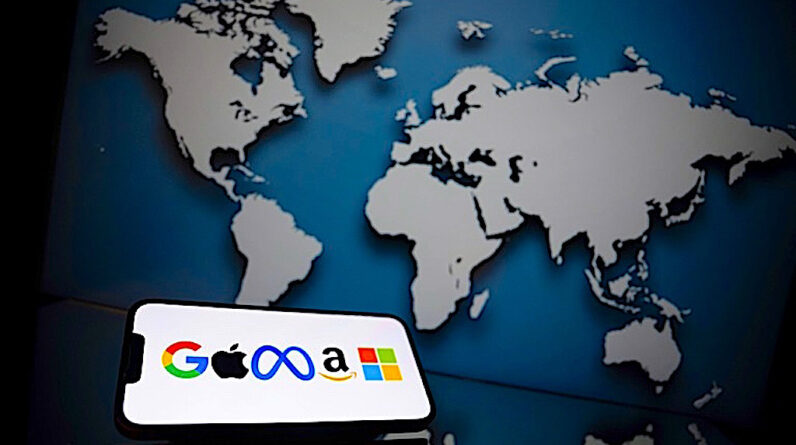
[ad_1]
A bill making its way through the California state legislature would mandate that internet giants pay news agencies monthly ‘journalism usage fees’ based on viewing of stories via their platforms. — © AFP SEBASTIEN BOZON
The World Wide Web (WWW) has led to the creation of thousands of other inventions. The proposal for the WWW was developed by Tim Berners-Lee in 1989 and was further enhanced with the help of Robert Cailliau, a Belgian informatics engineer and computer scientist. The two developed the HyperText Transfer Protocol (HTTP) and released this in 1992.
This led to the first photo being uploaded by Berners-Lee in 1992. Since then, the WWW has become the most used medium of communication in the world.
Before this, while the Internet was well-established its use was reserved for military and scientific purposes. This was in the form of ARPANET (Advanced Research Projects Agency Network). The design, based on information packets, was much like a cellular communication system. The WWW changed all of that and has introduced an information superhighway.
Each year, on August 1st, WWW day is marked by the technology community. This provides an opportunity to pause and reflect on online innovation.
To gain a social and business perspective on how the Internet has evolved and the much it offers the global community, Digital Journal heard from two people who have succeeded in harnessing the opportunities of the WWW.
Marc Miller, General Manager of IONOS US looks back to the early days: “Since 1993, the World Wide Web has revolutionized the way consumers and businesses alike interact and communicate. With the rise of cloud at the forefront of many company’s strategy, the World Wide Web has seen transformational growth decade after decade.”
Citing an example of this, Miller notes: “IDC reports that 95 percent of organizations report they are implementing a digital-first strategy to support new digital revenue streams, and by 2024, 80 percent of the world’s population will be online.”
Expanding on the digital transformation element, Miller continues: “The journey of web hosting, from hard-coded HTML to dynamic content and open-source solutions like WordPress, marked a technological gold rush that shaped the industry. I’m grateful to have been a part of this fascinating evolution.”
The second commentator is Sarah Danzl, Chief Marketing Officer at Skillable. Danzl elects to look at the educative element of the WWW: “In the past, hands-on learning was limited to classrooms and workshops. But, thanks to the internet, things have changed dramatically. Now, we have access to a wealth of learning resources on almost any topic, anytime, and from anywhere.”
To illustrate this point, Danzl notes: “Virtual classrooms and global collaboration have become the norm. The internet brings us virtual reality and simulation technologies for risk-free practical learning, and it has transformed hands-on learning into a dynamic, inclusive, and limitless experience shaping the future of education worldwide.”
From business to learning, the two commentators have drawn on different perspectives and benefits of the WWW.
[ad_2]
Source link






